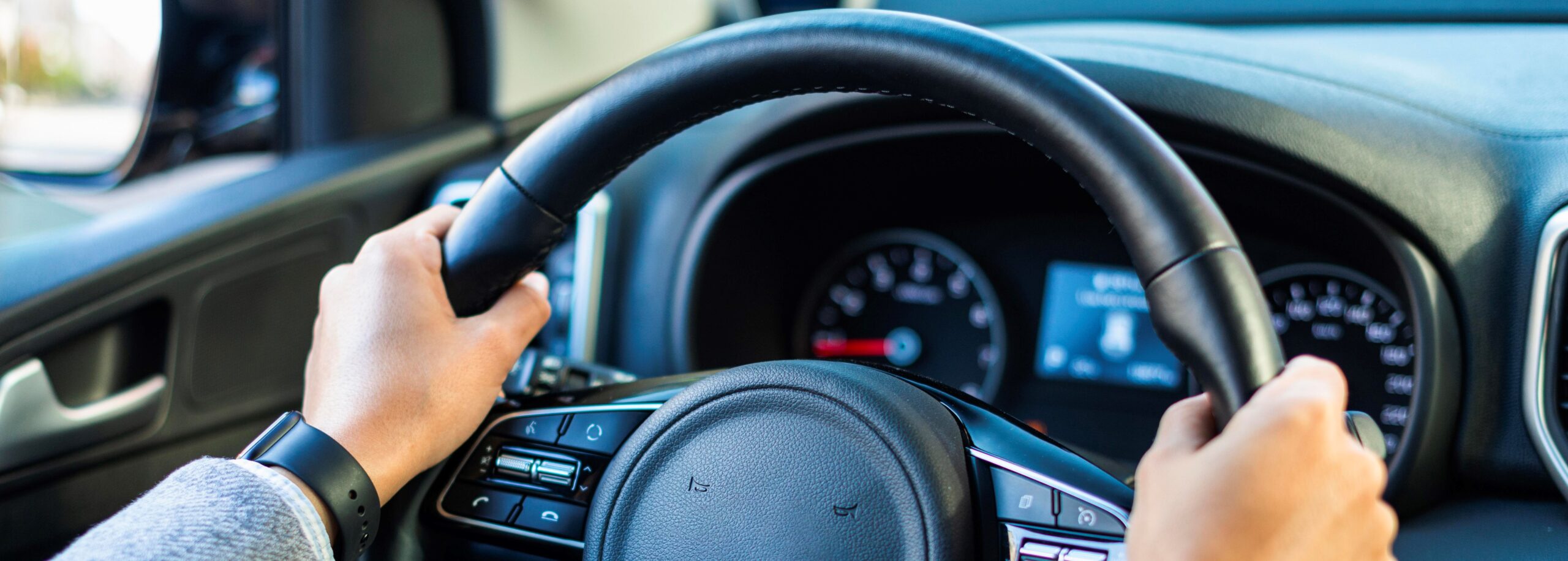Know The Country Driving Lessons & Handle Your Car With Confidence

Are you hoping to take a break from the monotony of city life and discover Darwin’s rural roads? This region of Australia is well known for its expansive vistas, secluded wilderness, and picturesque rural areas. However, driving in city traffic might be considerably different from driving on an open country road. It’s possible to drive through some isolated locations of Darwin’s bush, where preparation is necessary for a safe and fun trip.
Before hitting the roads, we advise enrolling in a defensive driving course and taking driving lessons from Darwin school to address the difficulties particular to driving on rural roads.
1. Remain Alert
One of the leading causes of death for rural road drivers is fatigue.
Actually, according to a study, one in three drivers doze off while operating a vehicle. Those are some startling figures. Early warning indicators including excessive blinking or yawning, restlessness, aching or fatigued eyes, and wandering thoughts should not be disregarded.
To stay awake, drivers may wind down the window or turn on the radio when they start to notice. However, many people continue to ignore the fact that being tired increases the likelihood of a crash.
Don’t drive after dark or for longer than eight hours a day to prevent driver fatigue. Driving lessons in Darwin emphasize the importance of planning your journey, which includes selecting safe rest stops.
2. Distinct Paths, Distinct Methods
Driving on dirt and gravel roads differs from driving in cities, particularly in terms of lane merging and stopping distance. Unsealed roads are prone to abrupt and drastic changes in conditions. Your visibility may be affected by dust and dirt that kicks up behind other vehicles. Driving an automatic or manual car can have an impact on how you should behave when driving on unsealed roads. You must practice various driving tactics, which are covered in driving lessons in classes, in order to drive on Darwin’s various roadways. These skills include:
· Steer clear of driving right before or after rain because dust turns to mud and causes serious issues for both your car and the road. Check for road closures before you leave because many untreated routes will be blocked due to rain or other inclement weather.
· Reduce your speed to give yourself more time to adjust to changes in the road and to maintain greater control.
· Increase the distance between vehicles.
· Take cautious turns to lessen the chance of slipping.
Avoid applying the brakes if you sense your automobile sliding. Instead, depress the pedal and drive the automobile gently without making too many corrections.
3. Respect the speed limits on rural roads.
Are you familiar with the typical Darwin country road signs? When driving, heed the posted speed limits and any warnings. Even in situations when there is little traffic, the speed limit on country roads is 110 kilometres per hour. As you have learned in driving lessons, be sure to abide by all other Darwin traffic laws when driving on rural roads.
4. Steer clear of driving in low visibility
Severe weather is experienced on Darwin’s rustic trails. Cyclones, flooding, and bushfires all occur without much notice. Be mindful of visual impairments, such as fog on chilly mornings, smoke from nearby bushfires and burnoffs, or grit and dust obstructing vision on unpaved roads.
Flash flooding also affects a lot of the country roads in Darwin. Always check the water’s force and depth. Avoid crossing if the water is too deep or moving quickly. You will learn this method throughout your driving instruction.
5. Watch out for road trains and wildlife
You don’t have to leave the city to consider road trains and wildlife. In particular, wallabies can pose a serious threat if you were to strike them by accident. However, they typically behave in a predictable manner near rural roadways. Being aware of usual behaviour can help prevent harm to wildlife and damage to your car.
· Most active at sunrise and in the dust, so pay extra attention to these times.
· If you spot a wallaby, reduce your speed since it can try to follow you and get on the road ahead of you.
· Do not veer if they do leap out. Instead, steer swiftly and forcefully in a straight line to avoid losing control and colliding with objects when swerving at high speeds.
· Sound your horn to alert animals.
In rural areas, road trains can reach speeds of up to 100 km/h and frequently consist of many trailers. Many country roads have only one lane, so give yourself extra time if you need to pass a road train.
6. Check the safety of your car before you leave.
A well-kept car provides you with the greatest possible beginning point for your journey. Verify and replenish all liquids. Verify the air pressure in each tire and make sure you have a spare tire, or two. A first aid package, additional water, a tow rope, jumper leads, and a tool bag for emergencies should all be packed. There can also be lengthy breaks in between fuel. To avoid getting trapped, arrange fuel stops or bring extra. Never disregard this crucial driving instruction.
We advise enrolling in a defensive driving course if you want to learn how to drive safely on rural roads and comprehend the risks associated with driving in distant and rural areas. The cautious motorist doesn’t wait for problems to arise. Rather, they assume responsibility for their own safety by being ready for anything that could occur while travelling. No one is more in control than the individual who takes the time to get ready for whatever may occur on any given country road by prioritizing highway dangers and not leaving it to chance.






